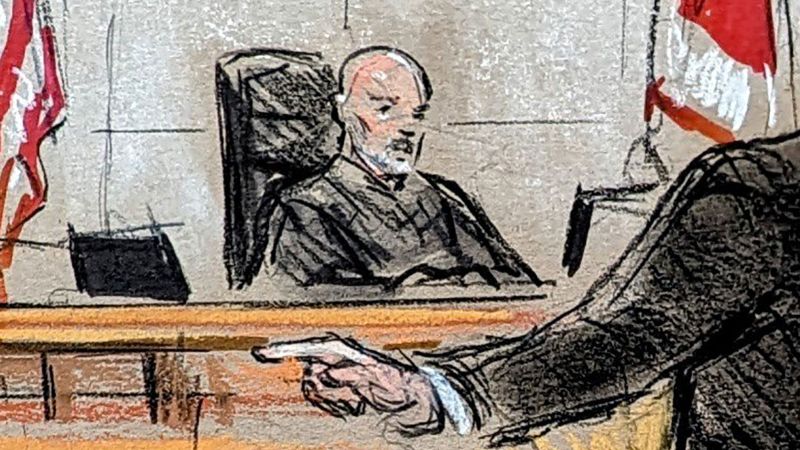Federal Judge Blocks Repatriation of Guatemalan Minors: A Landmark Ruling
A pivotal legal decision emerged recently when a federal judge put a halt to the U.S. government’s plans to repatriate certain Guatemalan minors in its custody. The ruling stems from concerns that the Trump administration may have been infringing on the legal and constitutional protections afforded to these children.
Context of the Case
On Thursday, U.S. District Judge Timothy Kelly issued a ruling that prevents the removal of these minors while a lawsuit is ongoing. The suit raises critical arguments stating that these children, who lack a final removal order or authorization from the attorney general to depart voluntarily, are entitled to comprehensive immigration proceedings as stipulated under federal law.
Despite being appointed by President Donald Trump, Judge Kelly expressed reservations regarding the administration’s management of the repatriation operation. His decision highlights significant legal questions regarding the treatment of unaccompanied minors in the custody of immigration authorities.
Judge Kelly’s Concerns
Judge Kelly’s ruling wasn’t just a mere procedural decision; it came peppered with pointed critiques of the administration’s actions. He noted, “Defendants’ conduct does not inspire confidence that they themselves are convinced that they have the authority to proceed as they would like.” Kelly’s implication was clear: if the government’s statutory authority was genuinely “unambiguous,” the timing and manner of the actions undertaken—especially on a holiday weekend—were questionable.
Furthermore, he cautioned against interpreting his ruling as an invitation for the government to take similar measures against other unaccompanied minors, clearly articulating the need for adherence to established protocols.
The Lawsuit’s Details
The legal action leading to this ruling was initiated by the National Immigration Law Center and involved 10 Guatemalan children aged between 10 to 17 years. Many of these minors are currently embroiled in immigration proceedings. Legal representatives argued that the children would face severe risks if sent back to Guatemala, particularly for those, like a 10-year-old Indigenous child, who had already endured abuse in their home country.
Declarations submitted to the court painted a harrowing picture of the children’s experiences during the repatriation attempts. Many were reported to have been “confused and scared” when abruptly taken from their beds. Disturbingly, one young girl was so frightened by the experience that she vomited, while another child expressed fears of self-harm if forced to return.
Government’s Approach Questioned
Kelly emphasized the necessity of following a clearly defined procedure set out by Congress for handling unaccompanied minors. The late-night deportation flights seemed to bypass these critical regulations. He stated, “Plaintiffs also face irreparable harm absent an injunction. And the balance of equities supports relief now,” underlining the urgency of protecting these vulnerable individuals.
Implications of the Ruling
In light of this ruling, Efrén C. Olivares, vice president of litigation and legal strategy at the National Immigration Law Center, heralded it as a “significant victory” for the hundreds of children now safeguarded from the administration’s attempts to unlawfully expel them. Olivares cogently remarked that “this decision should send a clear message to the administration that they have no legal authority to circumvent law to expel unaccompanied children without due process.”
Ongoing Developments
As the situation evolves, the conversation around the legal treatment of unaccompanied minors continues to grow more complex. CNN has sought comments from the Justice Department and the Department of Health and Human Services regarding this controversial case. However, the discourse remains centered on the imperative for justice and due process for all vulnerable populations, especially children seeking refuge.
In summary, this ruling highlights the intricate balance between immigration policy and the protection of vulnerable individuals, raising essential questions about legality, ethics, and human rights within the broader context of U.S. immigration enforcement practices.



